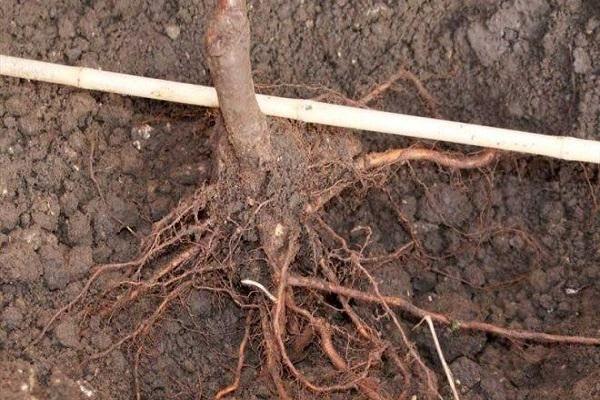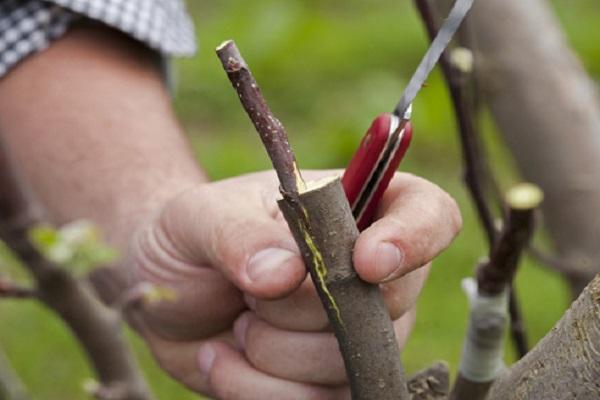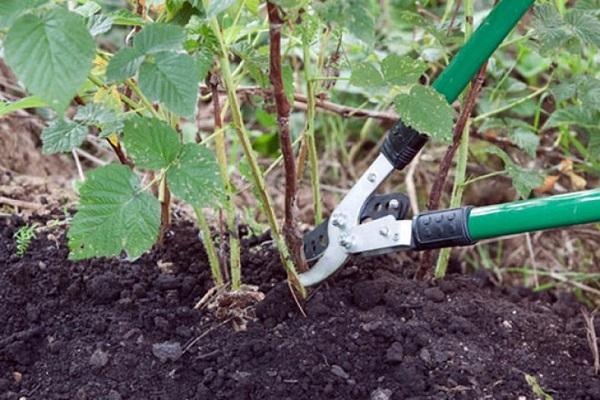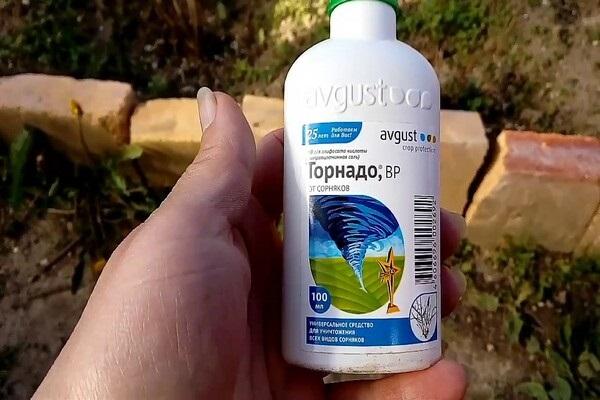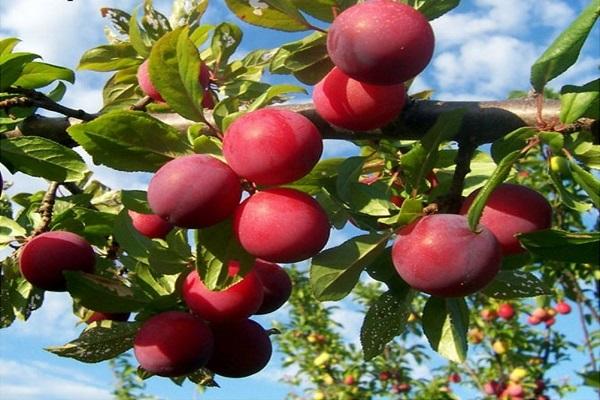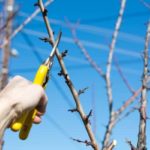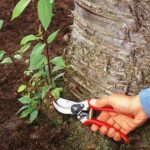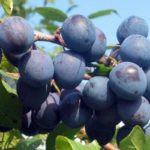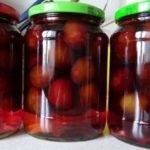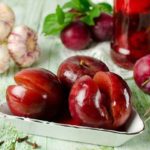Beginners and even experienced gardeners have a question: how to get rid of shoots growing near a plum tree? Young green shoots take away nutrients from the main tree and make the garden look like an impenetrable jungle. First of all, it is necessary to find out the reason for the appearance of the shoots. After all, it is impossible to solve a problem without knowing what factors led to its occurrence.
- Reasons for the appearance of plum growths
- Errors during landing
- Damage to bark and branches
- Scion and rootstock
- Why might you need to remove it?
- How to get rid of plum growths on the site
- Application of arboricides
- Method of isolating shoots
- Mechanical method
- How to prevent it from appearing
- Plum varieties without shoots
Reasons for the appearance of plum growths
Sooner or later, shoots appear around any plum tree. There are varieties of plums that produce basal shoots in smaller or larger quantities. Green sprouts always appear on weakened trees that are struggling to survive and thus strive to produce offspring.
Errors during landing
If the plum seedling was not planted deep enough, its roots will approach the surface and become exposed during heavy rain or artificial watering. Sometimes the roots themselves rush upward if they lack nutrients or moisture.
Roots approaching the surface are often injured due to loosening of the soil in the root circle. Trauma often activates the growth of root shoots. Young shoots may appear on roots that emerge from the ground.
If gardeners do not want to encounter such a problem as root shoots in the future, they need to straighten the roots down the mound when planting the seedling, and bury the tree itself in the ground up to the root collar. It is better to immediately mulch the soil in the root circle.
Damage to bark and branches
Too much sanitary pruning of branches can weaken the tree. Without receiving nutrients from above-ground organs, plum activates the growth of young green shoots from the roots located at the surface. Overgrowth may appear on trees with damaged bark. In this case, the normal supply of nutrients is interrupted. A weakened tree immediately throws out root shoots.
Scion and rootstock
If the scion and rootstock are chosen incorrectly, they do not fit together, then the plum tree begins to grow slowly, bears fruit poorly, and quickly sheds its leaves.Trying to survive, the plum sends out numerous basal shoots.
Why might you need to remove it?
If the plum grows well, rarely gets sick, and produces a high yield, then it is better to remove the root shoots. After all, such shoots take away nutrients from the tree and significantly reduce productivity. In addition, the abundance of shoots turns the garden plot into an impenetrable thicket.
The sprouts formed on the roots can be left only if the tree is rooted, old, very sick, and does not bear fruit well.
The shoots from such a plum can be used as independent seedlings.
How to get rid of plum growths on the site
You can clear the root circle of emerging growth in various ways. The easiest way to prevent shoots from emerging from the ground is to cover the soil around the tree with mulch. If sprouts appear, they are removed not only from the surface. Shoots that have grown from the ground must be removed to the base, that is, to the root, otherwise they will soon grow again. You can fight the growth with chemicals that destroy unwanted vegetation.
Application of arboricides
You can fight vegetation that appears in the root circle using chemicals - arboricides (Arsenal, Picloram, Roundup, Arbonal, Tornado). These are herbicides that destroy root shoots. Arboricides begin to act only if they fall on the above-ground part of the shoots. The chemical poison penetrates into the vegetation and leads to its withering and drying out. Arboricides reach the sprouts through irrigation or injection into the base of the tree.
Method of isolating shoots
You can get rid of unwanted growth once and for all if you mulch the tree trunk circle immediately after planting the seedling with film, gravel, expanded clay, hay, bark, burlap or straw. No vegetation will break through a thick layer of mulch. True, in this case the tree will have to be artificially irrigated, each time lifting or raking the layer of mulch.
Mechanical method
Usually the growth is removed using pruning shears. First, carefully rake the soil and expose the root from which the shoot grew. Then the young shoot is cut off at the base of the root using pruning shears. The cut site must be treated with a solution of potassium permanganate, copper or iron sulfate. Then cover with garden varnish, oil paint, clay or cement mixture. When the treated area dries out, the roots need to be covered with soil again.
How to prevent it from appearing
The fight against shoots is usually carried out every spring - before the start of sap flow, or in late autumn - after leaf fall. In summer, it is better not to injure the root system of the tree. Getting rid of shoots growing out of the ground is not so easy; they grow again every season.
You can prevent the appearance of new shoots by mulching the tree trunk circle with mulch. The shoots will not grow if the soil around the plum tree is not raked and watering is carried out carefully, without pressure, without exposing the roots of the tree. It is advisable to add soil, peat or rotted manure to the tree trunk circle from time to time. Having noticed a sprout that has appeared, you can cut it down to a stump, and then treat it with a herbicide (Glyphos, Hurricane, Tornado).
Plum varieties without shoots
There are no plums that do not develop basal shoots. It’s just that in some varieties they grow in greater quantities, while in others they grow in smaller quantities.In one season, some types of plums can produce about 20 basal sprouts. In self-rooted trees, twice as many unnecessary shoots are formed on the roots approaching the surface as in trees growing on someone else's rootstock.
There are varieties of plums that, even with proper care, produce abundant growth. These are Italian Hungarian, Local red, Common Hungarian, Ochakov yellow. They form basal shoots in large numbers, even if they were used as a grafted seedling. This happens if the grafting site was buried in the ground, and the scion moved to its roots.
Less often, basal sprouts are formed in plums of the species Renklod Altana, Anna Shpet, Stanley. These varieties have excellent immunity and higher yields.

